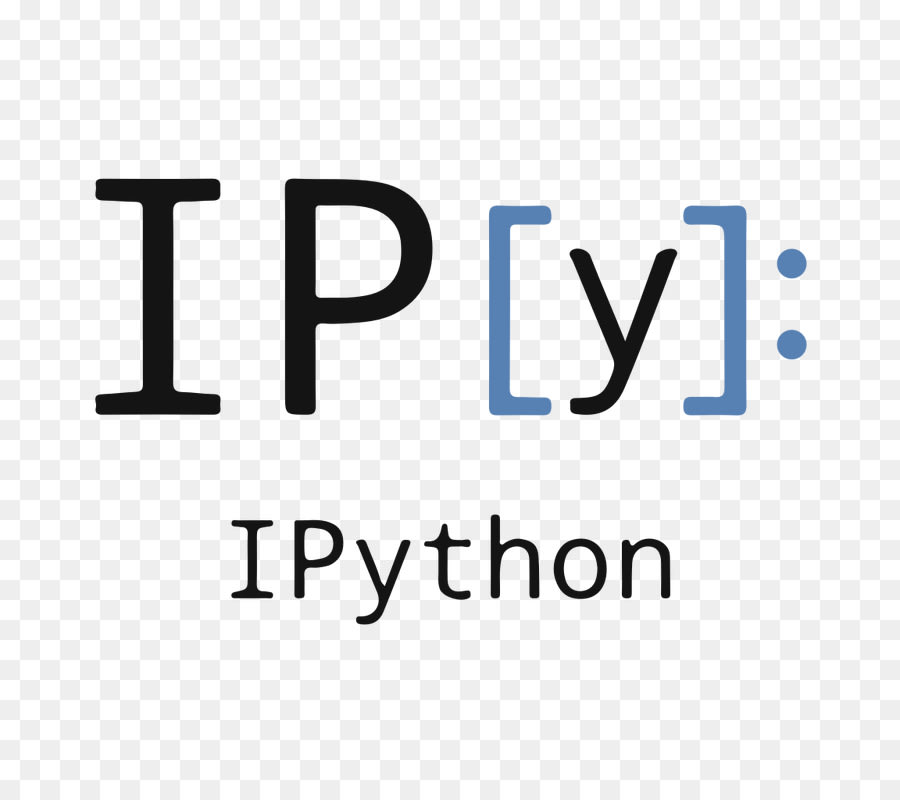Tag: CentOS
What is a VPN?

A Virtual private network (VPNs) creates a secure connection between a remote computer and another network. The connection itself is encapsulated and encrypted which provides a protected communications channel between the two points.
“Password is Forbidden” PhpMyAdmin Login Error Solved
Once in a while, perhaps on a Development server, MySQL will not be set up with a root password. The aforementioned configuration is generally thought of as against best practices, however, if it is what you're dealing with, then it could also interfere with PhpMyAdmin.
Previous Series:
MySQL via Command Line 101: Basic Database Interaction
How to Install OpenJDK 11 on CentOS 8
What is OpenJDK?

OpenJDk or Open Java Development Kit is a free, open-source framework of the Java Platform, Standard Edition (or Java SE). It contains the virtual machine, the Java Class Library, and the Java compiler. The difference between the Oracle OpenJDK and Oracle JDK is that OpenJDK is a source code reference point for the open-source model. Simultaneously, the Oracle JDK is a continuation or advanced model of the OpenJDK, which is not open source and requires a license to use.
How to Install MongoDB on CentOS 7
MongoDB is a NoSQL database intended for storing large amounts of data in document-oriented storage with dynamic schemas. NoSQL refers to a database with a data model other than the tabular format used in relational databases such as MySQL, PostgreSQL, and Microsoft SQL. MongoDB features include: full index support, replication, high availability, and auto-sharding.
Using Ansible in DevOps: A Beginners Guide
Introduction
Ansible is a system of configuration management written in Python programming language which uses a declarative markup language to describe configurations. It’s used for automation of configuration and OS setup. Ansible is often used to manage Linux-nodes, but Windows is also supported. It supports work with devices with Python v2.4 and higher installed through SSH connection. In this article, we are going to review the DevOps tool called Ansible.
How to Install and Use IPython

IPython is a robust Python shell that handles indentation, syntax highlighting, tab completion, and more. In this tutorial, we will cover how to install IPython and walk through how to make use of some features it makes available. Python provides a default REPL or shell for users to run Python code in real-time and see the results. While this default REPL is extremely useful, it does not handle things like indentation, syntax, or highlighting. This is where Ipython shines.
How to Install and Use Containerization
What is Containerization?
Containerization is a form of virtualized operating system developed as a response to the many problems of hardware-level virtualization. Because the latter runs a full-blown guest operating system, it is very resource-intensive and incurs a significant amount of overhead, but containerization is much lighter. Since the containers share the host machine’s kernel, the resources are not wasted on running separate operating system tasks. This allows for a much quicker and lightweight deployment of applications.
How to Install PHP Extensions on CentOS 8
This tutorial covers the installation of the PHP extension phpredis via the default CentOS 8 package manager DNF. It will also cover the installation of both PHP 7.4 and Redis on CentOS 8.
Node Version Manager, also known as NVM is used to control and manage multiple active versions of Node.js in one system. It is a command line utility and a bash script that allows programmers to shift between different versions of Node.js. They will be able to install any version using a single command and setting defaults using the command line utility.
Our Sales and Support teams are available 24 hours by phone or e-mail to assist.

